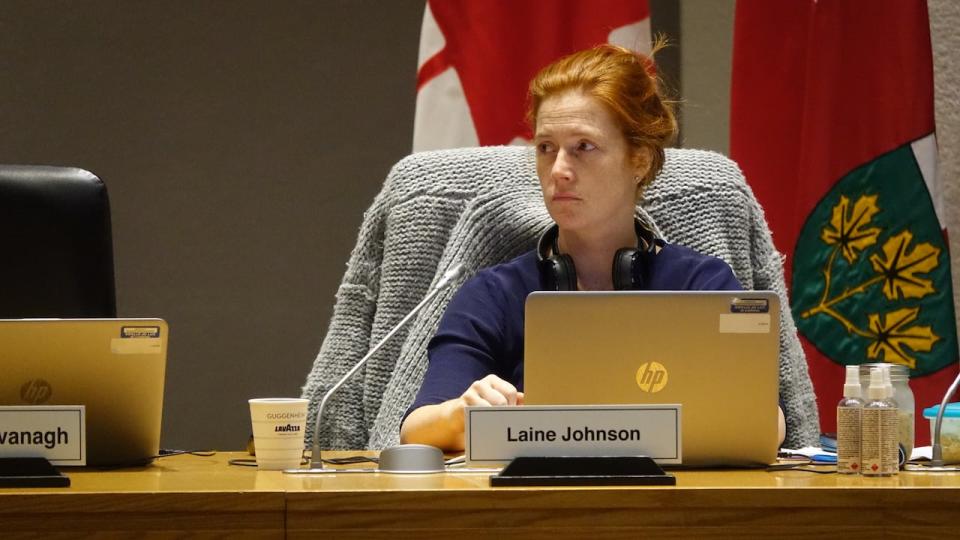


A recent spate of road incidents that have left Ottawa cyclists and other commuters injured — or dead, in two cases — has advocates of safe and active transportation concerned.
The five incidents span from Sept. 24 to this past Friday and took place at different times of day and in disparate corners of the city.
They coincide with the start of fall and, as some councillors note, the fact that more people are using the roads since the federal government upped its employees’ weekly in-office attendance requirement to three days.
Dave Robertson, vice-president of local cycling advocacy group Bike Ottawa, said his family members are worried that “it’s only a matter of time before [they’re] one of these statistics.”
“We shouldn’t be thinking that way,” he said.

Chanel Charette, died in hospital on Sept. 26, two days after a collision with a car in Vanier. (Submitted)
In the early morning hours of Sept. 24, Chanel Charette, 33, was hit by a vehicle while biking near the corner of Lajoie Street and Montreal Road in Vanier.
Charette died in hospital two days later, the same day a male cyclist in his 50s was found shortly after 5:15 p.m. in serious condition in a roundabout where Hope Side Road meets Old Richmond Road in Nepean.
By Tuesday, the male cyclist — whose injuries were due to “unknown circumstances,” according to Ottawa police — had died.
Police have charged a man with dangerous driving in Charette’s death and are appealing to the public for more information about the Nepean incident.
They are also looking for dash-cam video of a Sept. 30 collision that left 15-year-old scooter rider Audrey Cameron in hospital with a traumatic brain injury.
The driver in that mid-morning incident — which took place at a crosswalk near the intersection of Carling Avenue and Saigon Court — remained at the scene, according to Cameron’s family.
We really have to make a shift that goes from car-centric planning to people-centric planning. – Dave Robertson, Bike Ottawa
More recently, at about 8:30 p.m. on Thursday, emergency crews found a bike had come to rest on West Hunt Club Road where it joins at a busy intersection with Merivale Road.
The fortysomething male cyclist had been hit by a car and suffered life-threatening injuries. Witnesses are sought in that incident, too.
And then late on Friday morning, a woman riding an e-bike was hospitalized with non-life-threatening injuries after another collision with a car.
Robertson said he’s hopeful that information collected by police can be fed into future city planning — and quickly.
“We really have to make a shift that goes from car-centric planning to people-centric planning,” he said.
Beyond the core
Two of the collisions, including the crash that killed Charette, took place in Rideau-Vanier Coun. Stéphanie Plante’s ward.
“It seems to be creeping out,” she said of the recent uptick’s geographical spread. “It’s not just a downtown issue anymore.”
The intersection of Lajoie and Montreal was already under review, Plante said, having been the site of an accident before she was elected in 2022.
The city has reduced speeds on some side roads, but arterial roads could use some slowing too, she said.
“The person in the car who’s sitting high up, they’re not as vulnerable as [a pedestrian],” she said.


College ward Coun. Laine Johnson watches a public delegation during a committee meeting last November. Johnson says the city needs to boost its overall spending on active transportation. (Francis Ferland/CBC)
Coun. Laine Johnson represents College ward, and its southern boundary touches the Nepean intersection where the male cyclist was found injured under unknown circumstances.
She called the recent injuries and deaths “beyond upsetting.”
“When I look at them across all five [incidents], I think we’re in a transition as a city. How fast or how slow the transition goes is kind of up to us,” Johnson said.
“There are people who want to move through the city using alternative modes of transportation. With a [public transit] system that’s struggling, we see more people using their cars as a choice. But we also see more people using alternatives. There’s different pressures going on.”
Separated bike lanes, improved pedestrian crossings and protected intersections are starting to appear in some parts of the city, and the results of a speed policy review are due in early 2025.
But Ottawa’s overall spending on active transportation is still falling short, Johnson added.
“It’s an investment worth making in the future of our city,” she said.